Etruscan Galleries at Fondazione Luigi Rovati by Mario Cucinella just flow
In Milan, the Etruscan Galleries at the Fondazione Luigi Rovati, designed by architect Mario Cucinella, have opened to the public
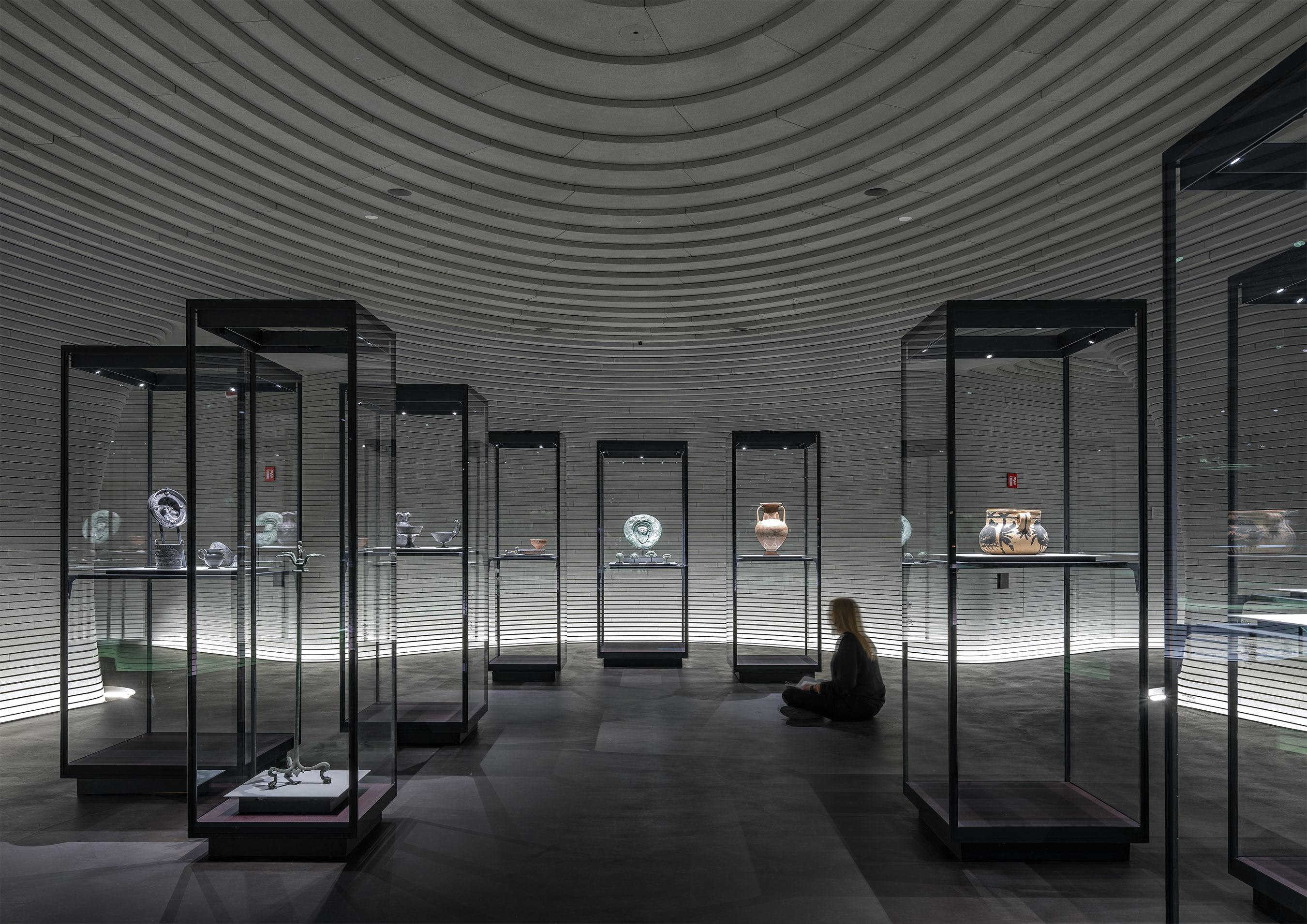
The new Etruscan Galleries at the Fondazione Luigi Rovati in Milan offer a journey through space and time, inviting visitors to enter an underground world of flowing curves and vaulted interiors that bring to mind the ancient civilization's underground architecture. The Italian city's new cultural destination, designed by architect Mario Cucinella, has recently opened to the public, welcoming the exploration of Etruscan treasures and more – as its home, the prominent Milanese foundation, juxtaposes old and new art in a redesigned space on Corso Venezia.
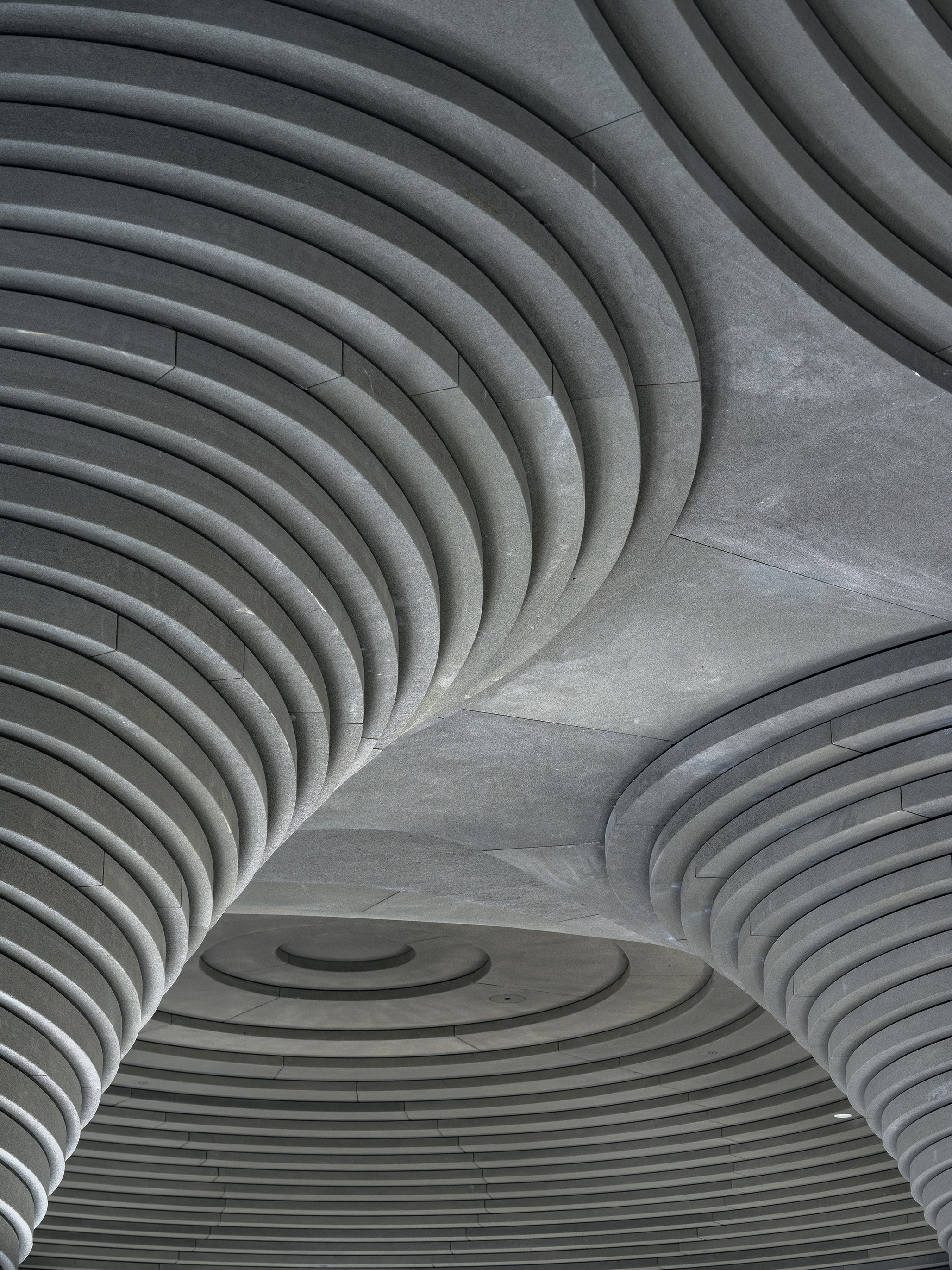
Mario Cucinella's Etruscan Galleries at Fondazione Luigi Rovati
Cucinella, who was appointed for the renovation and remodelling of Milan’s 19th-century Palazzo Bocconi-Rizzoli-Carraro in 2015, is behind the expressive shapes and dramatic halls of the Etruscan Galleries – but he is also the mastermind composing the Fondazione Luigi Rovati’s two floors of exhibition space above ground, as well as its conservation facilities, an archive, a study room connected with the Luigi Rovati Foundation Library in Monza, event rooms, a bookshop, a café and a restaurant on its top floor.

The Bologna-born architect is an established force in working with site-specific conditions while blending sustainable architecture and eye-catching forms to dramatic effect. To that end, the galleries are made of one elliptical and three circular domed 'caverns'. Cucinella drew inspiration from Etruscan tombs of Cerveteri (in modern day Lazio), using their cavernous formations, which were built in dome shapes carved out of natural bedrock, and translated them into 21st-century museum space.
The horizontal layers and lines that help create and define the curves are a nod to overlapping, underground earth strata found on those sites – and they are seamlessly made of a single type of stone, pietra serena. At the same time, hidden air circulation mechanisms behind the stone allow for precision control of temperature and humidity in the exhibition halls.

The historic palazzo (originally composed by the architect Filippo Perego in the first half of the 20th century) was previously damaged by the Second World War and was in need of both a layout refresh and building repairs. The initial commission included an extension too, which was achieved via the excavations two levels beyond ground. The architect and his team worked on the space but also created the exhibition design inside, based on a flexible arrangement of elegant, ethereal, rectangular display cases. 'We are working on some hypotheses,' says Cucinella, 'always with the idea that a museum is not a crystallised space, but an open and hybrid space for culture. Milan is a city that knows how to use this type of space very well.'
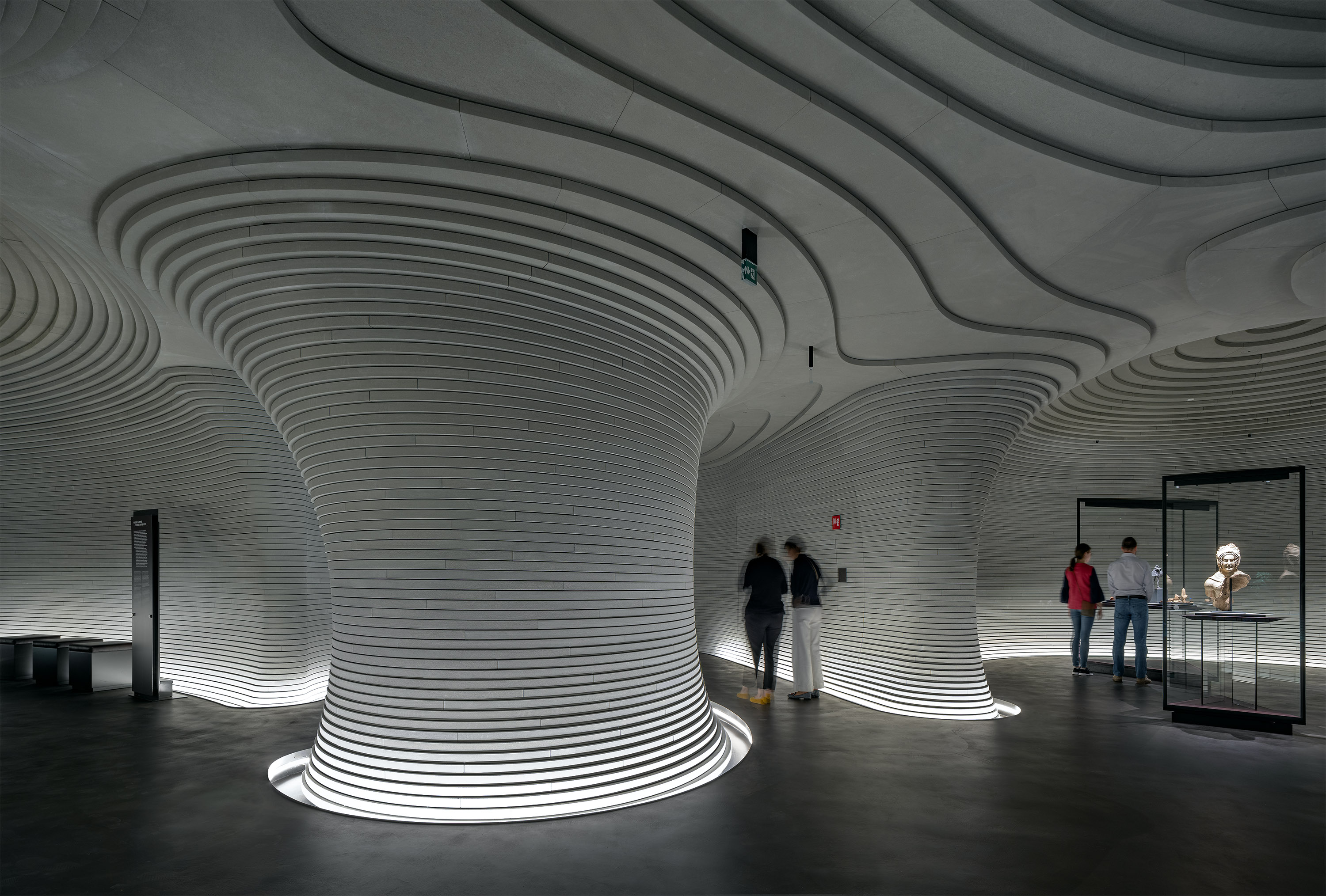
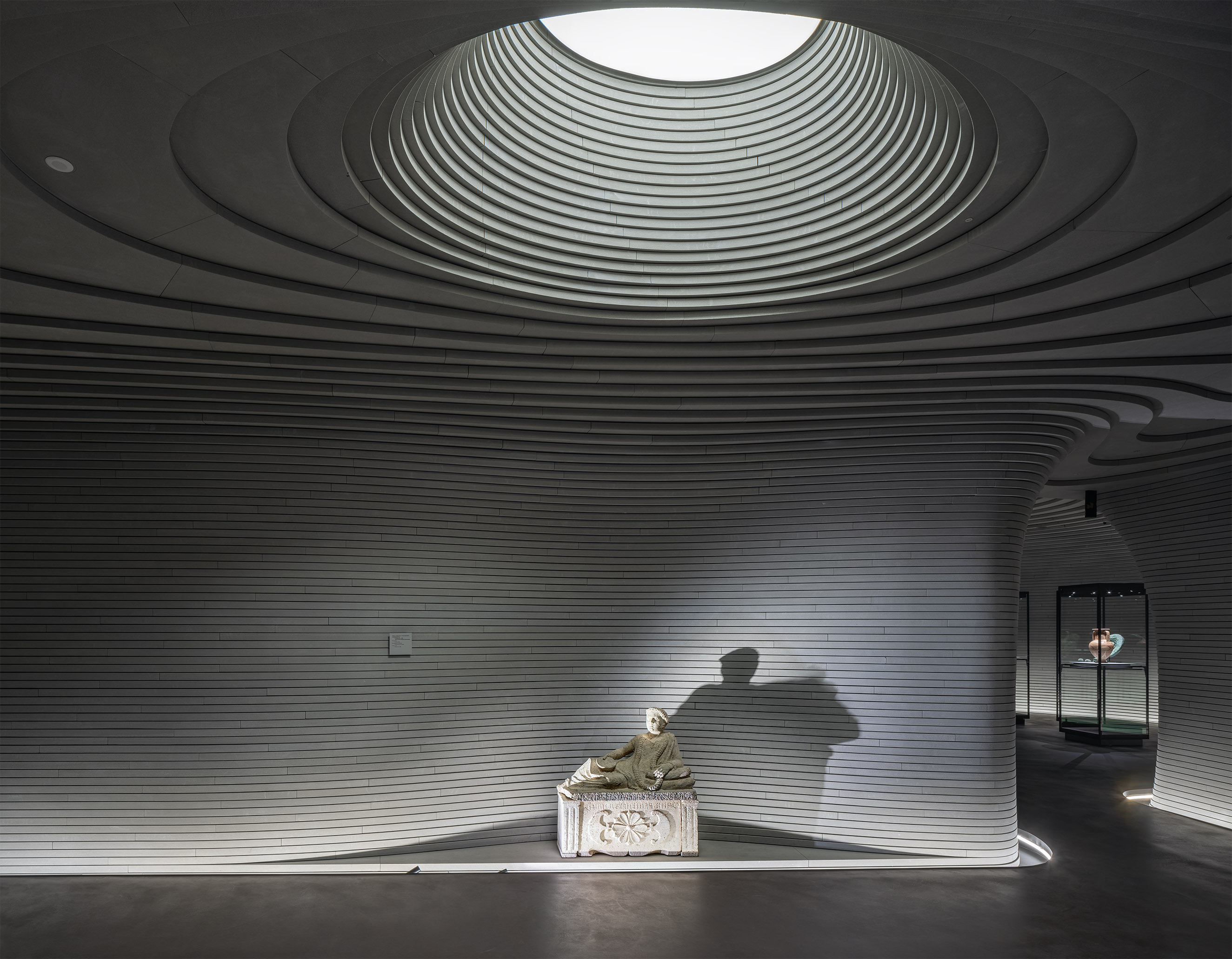
Receive our daily digest of inspiration, escapism and design stories from around the world direct to your inbox.
Ellie Stathaki is the Architecture & Environment Director at Wallpaper*. She trained as an architect at the Aristotle University of Thessaloniki in Greece and studied architectural history at the Bartlett in London. Now an established journalist, she has been a member of the Wallpaper* team since 2006, visiting buildings across the globe and interviewing leading architects such as Tadao Ando and Rem Koolhaas. Ellie has also taken part in judging panels, moderated events, curated shows and contributed in books, such as The Contemporary House (Thames & Hudson, 2018), Glenn Sestig Architecture Diary (2020) and House London (2022).
-
 Year in review: the shape of mobility to come in our list of the top 10 concept cars of 2025
Year in review: the shape of mobility to come in our list of the top 10 concept cars of 2025Concept cars remain hugely popular ways to stoke interest in innovation and future forms. Here are our ten best conceptual visions from 2025
-
 These Guadalajara architects mix modernism with traditional local materials and craft
These Guadalajara architects mix modernism with traditional local materials and craftGuadalajara architects Laura Barba and Luis Aurelio of Barbapiña Arquitectos design drawing on the past to imagine the future
-
 Robert Therrien's largest-ever museum show in Los Angeles is enduringly appealing
Robert Therrien's largest-ever museum show in Los Angeles is enduringly appealing'This is a Story' at The Broad unites 120 of Robert Therrien's sculptures, paintings and works on paper
-
 Modernist Palazzo Mondadori’s workspace gets a playful Carlo Ratti refresh
Modernist Palazzo Mondadori’s workspace gets a playful Carlo Ratti refreshArchitect Carlo Ratti reimagines the offices in Palazzo Mondadori, the seminal work by Brazilian master Oscar Niemeyer in Milan
-
 Wang Shu and Lu Wenyu to curate the 2027 Venice Architecture Biennale
Wang Shu and Lu Wenyu to curate the 2027 Venice Architecture BiennaleChinese architects Wang Shu and Lu Wenyu have been revealed as the curators of the 2027 Venice Architecture Biennale
-
 At the Holcim Foundation Forum and its Grand Prizes, sustainability is both urgent and hopeful
At the Holcim Foundation Forum and its Grand Prizes, sustainability is both urgent and hopefulThe Holcim Foundation Forum just took place in Venice, culminating in the announcement of the organisation's Grand Prizes, the projects especially honoured among 20 previously announced winning designs
-
 Carlo Ratti reflects on his bold Venice Architecture Biennale as it closes this weekend
Carlo Ratti reflects on his bold Venice Architecture Biennale as it closes this weekendThe Venice Architecture Biennale opens with excitement and fanfare every two years; as the 2025 edition draws to a close, we take stock with its curator Carlo Ratti and ask him, what next?
-
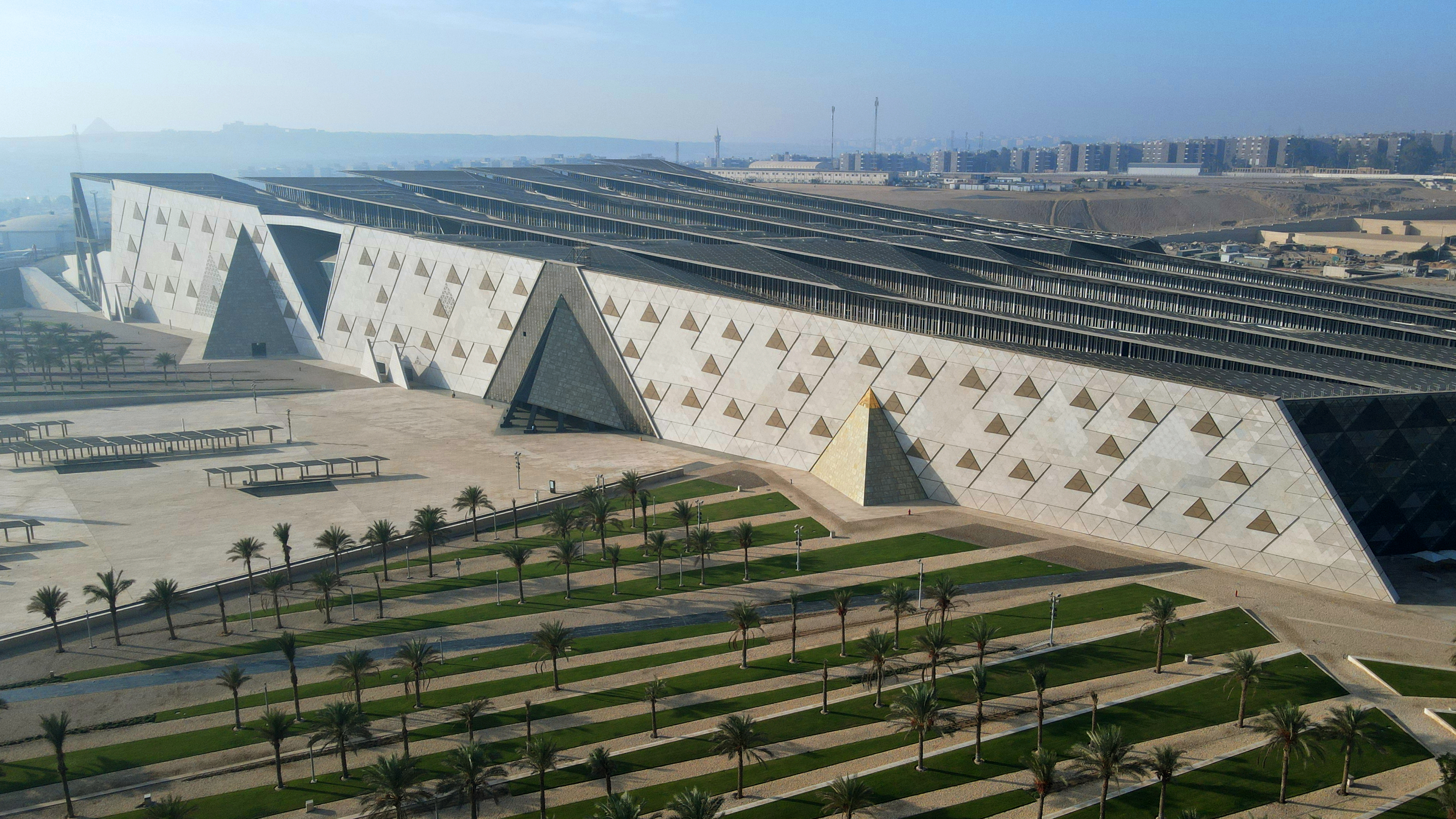 The Grand Egyptian Museum – a monumental tribute to one of humanity’s most captivating civilisations – is now complete
The Grand Egyptian Museum – a monumental tribute to one of humanity’s most captivating civilisations – is now completeDesigned by Heneghan Peng Architects, the museum stands as an architectural link between past and present on the timeless sands of Giza
-
 Step inside Casa Moncler, the brand’s sustainable and highly creative Milanese HQ
Step inside Casa Moncler, the brand’s sustainable and highly creative Milanese HQCasa Moncler opens its doors in a masterfully reimagined Milanese industrial site, blending modern minimalism and heritage, courtesy of ACPV Architects Antonio Citterio Patricia Viel
-
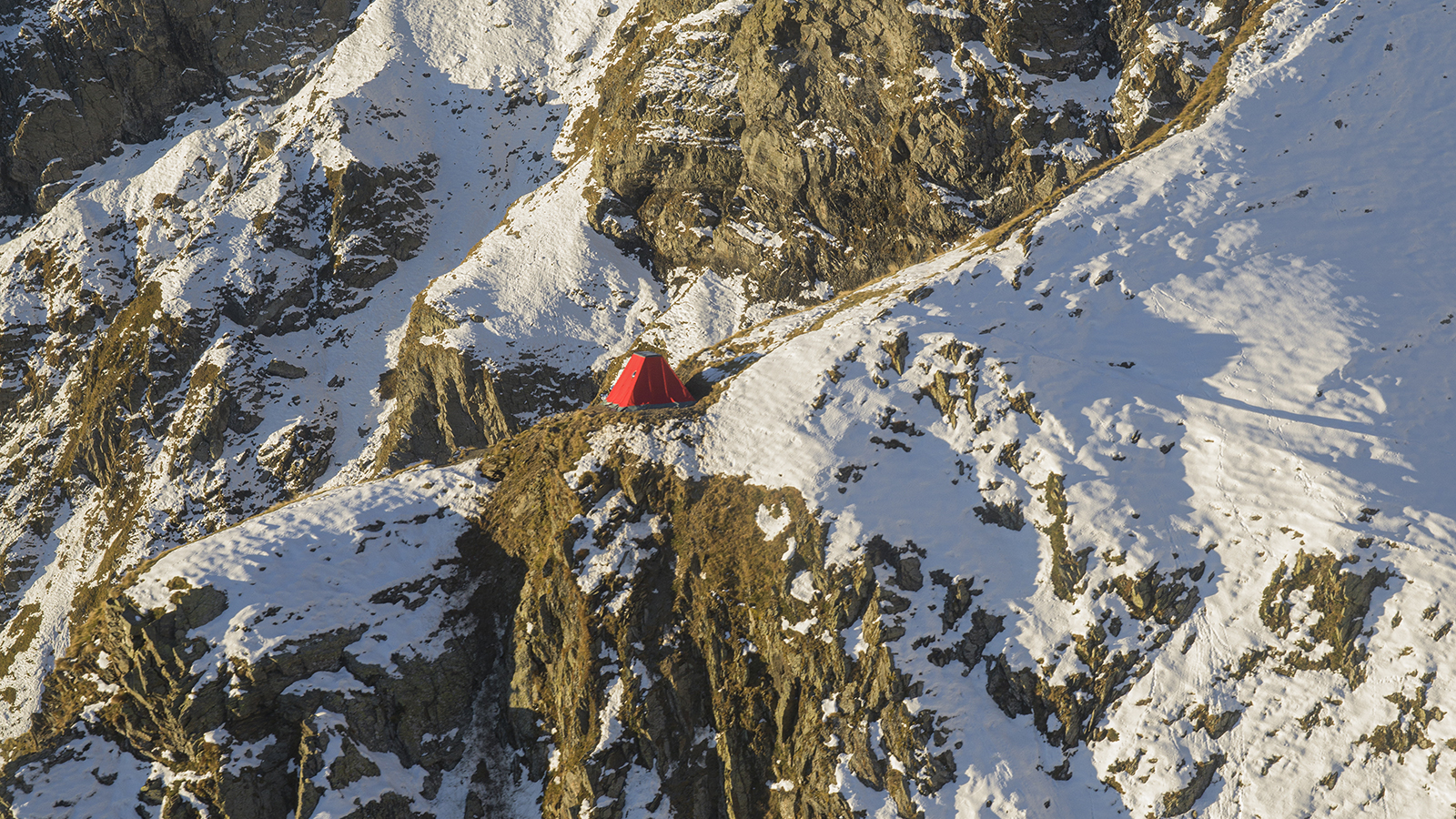 Aldo Frattini Bivouac is a mountain shelter, but not as you know it
Aldo Frattini Bivouac is a mountain shelter, but not as you know itA new mountain shelter on the northern Italian pre-Alp region of Val Seriana, Aldo Frattini Bivouac is an experimental and aesthetically rich, compact piece of architecture
-
 The 2026 Winter Olympics Village is complete. Take a look inside
The 2026 Winter Olympics Village is complete. Take a look insideAhead of the 2026 Winter Olympics, taking place in Milan in February, the new Olympic Village Plaza is set to be a bustling community hub, designed by Skidmore, Owings & Merrill